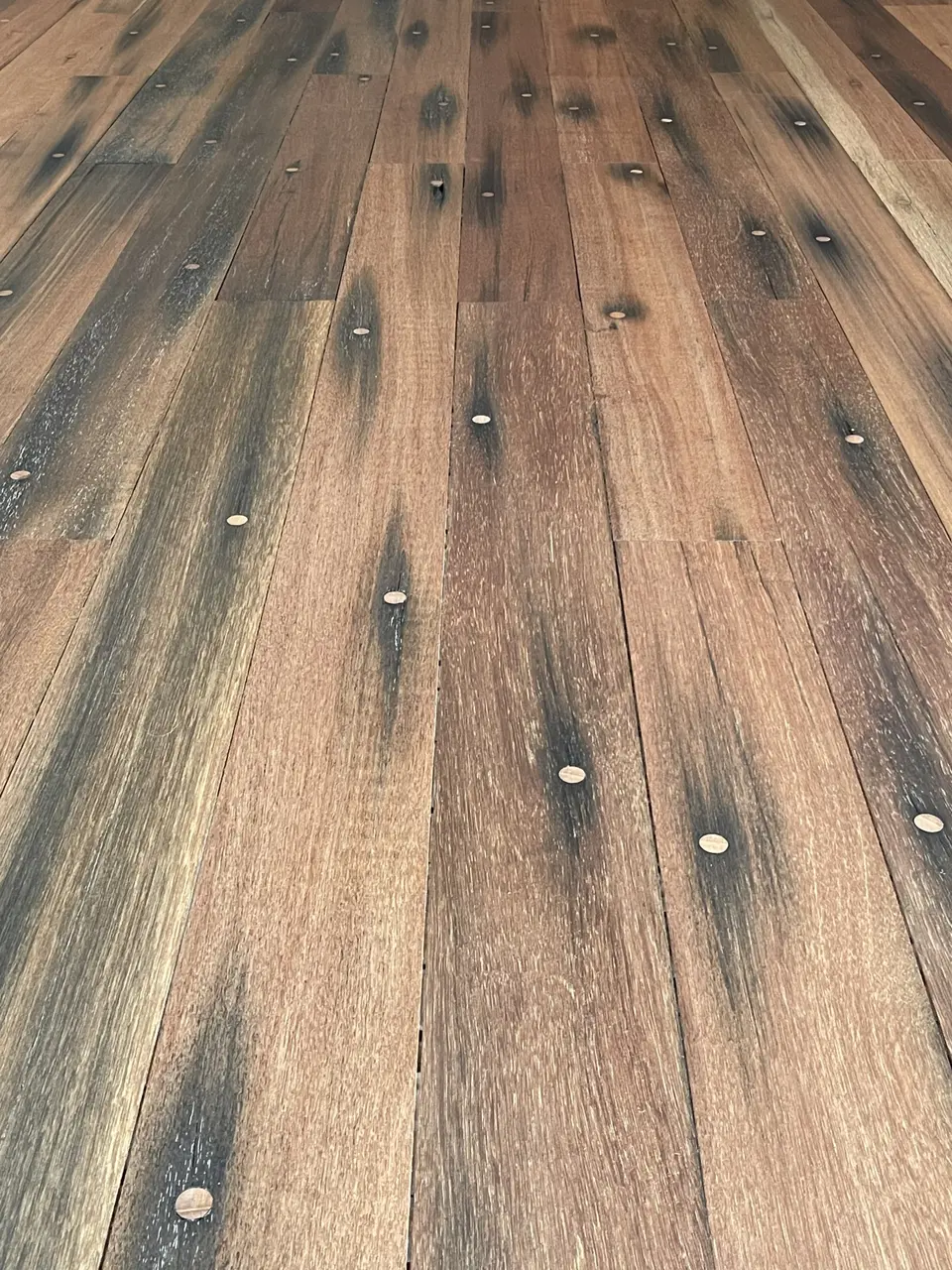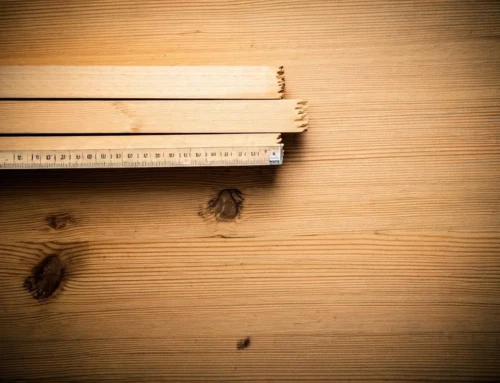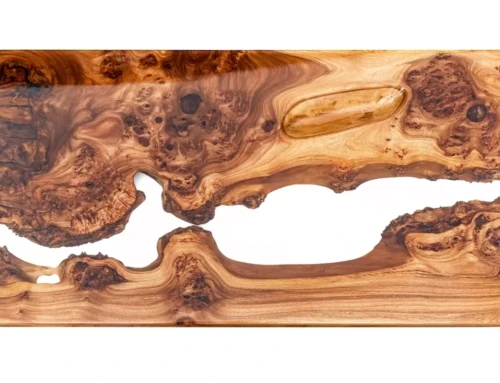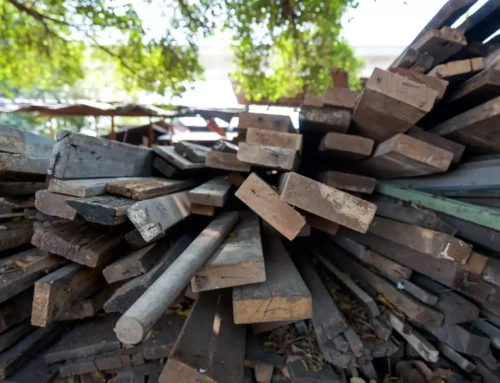In a world increasingly concerned with sustainability and the environmental impact of construction materials, the spotlight turns towards natural resources that offer both beauty and resilience. Kapur lumber, with its rich history and contemporary relevance, emerges as a distinguished choice amidst the sea of options. This exploration delves into the resurgence, qualities, and practical applications of Kapur wood, uncovering its significance in modern design and sustainability efforts.
The resurgence of Kapur wood in modern construction
Once overlooked in favor of more ubiquitous materials, Kapur lumber is experiencing a renaissance in modern construction. Its unique combination of durability, aesthetic appeal, and resistance to pests makes it an increasingly popular choice among architects and builders. As the design world shifts towards more sustainable practices, the appeal of Kapur wood is not just its physical characteristics but also its reduced environmental footprint, especially when sourced responsibly or reclaimed from pre-existing structures.
Historically valued in its native Southeast Asia for heavy construction, Kapur lumber’s presence in international markets signifies a broader recognition of its value. Architects and designers are drawn to its rich color and grain texture, which impart an undeniable warmth and sophistication to any space. Moreover, the wood’s natural oils offer built-in protection against decay, termites, and moisture, reinforcing its practicality in both indoor and outdoor applications.
Understanding reclaimed wood and its benefits
The concept of using reclaimed wood siding, particularly from Kapur trees, presents a compelling intersection of aesthetic allure and environmental stewardism. Reclaimed Kapur lumber embodies a piece of history, each imperfection and mark telling a story of its past life. The Lumber Baron’s large haul of reclaimed Kapur timber’s from an old Arizonian copper mine has both the history and quality one is looking for when making their material choice. Choosing reclaimed lumber not only contributes to reducing deforestation but also offers a unique, rustic charm that is nearly impossible to replicate with new wood.
Aside from its visual and environmental benefits, reclaimed Kapur boasts durability that often surpasses that of new lumber. The process of aging and exposure prior to reclamation strengthens the wood, enhancing its resistance to the elements and minimizing shrinkage and warping. This makes reclaimed Kapur not just an ethically and aesthetically superior choice but a practical one for projects looking to stand the test of time.
What makes Kapur lumber a sought-after material?
The desirability of Kapur lumber can be attributed to a harmonious blend of its physical and mechanical properties. Its high density contributes to impressive strength and durability, making it suitable for everything from flooring to heavy-duty structural applications. Additionally, the natural beauty of Kapur wood, with its deep red-brown-orange-purplish hues and interlocking grain pattern, adds a level of sophistication and elegance to both traditional and contemporary designs.
Sustainability and the role of reclaimed Kapur
In the quest for sustainable construction materials, reclaimed Kapur stands out as a shining example of the balance between human needs and environmental stewardship. The process of reclaiming Kapur wood from old buildings, bridges, and other structures not only prevents waste but also decreases the demand for freshly harvested timber. This practice supports forestry conservation efforts and contributes to a circular economy, where materials are reused and recycled, minimizing the impact on our planet.
Practical aspects of working with Kapur wood
Working with Kapur wood requires an understanding of its unique properties to maximize its potential in construction and design projects. Despite its hardness, Kapur lumber is relatively easy to work with using standard tools, though its density can blunt equipment more quickly than softer woods. Finishing Kapur wood brings out its natural luster, but it’s essential to seal it properly to maintain its resistance to moisture and insects. This care in processing ensures that Kapur wood not only enhances the aesthetic of buildings but also contributes to their longevity.
Moreover, the adaptability of Kapur lumber to a wide range of finishes allows designers to achieve various looks, from rustic to modern, without sacrificing functionality. Its versatility, coupled with the benefits of using reclaimed timber, makes Kapur wood a commendable choice for sustainable construction, offering a model for the industry’s future direction.
The Enduring Legacy of Kapur Lumber
Kapur lumber, with its distinctive qualities and increasing role in sustainable construction, bridges the gap between traditional woodworking and modern environmental responsibility. As we reflect on the journey from the forests of Southeast Asia to cutting-edge architectural projects worldwide, the enduring appeal of Kapur wood is undeniable. Embracing reclaimed Kapur not only preserves our planet’s precious resources but also enriches our living spaces with its unmatched aesthetic and durability. Kapur wood’s story is a testament to the power of reclaiming and repurposing, marking a promising pathway for future sustainable endeavors.







